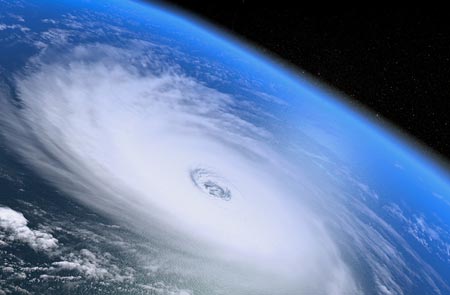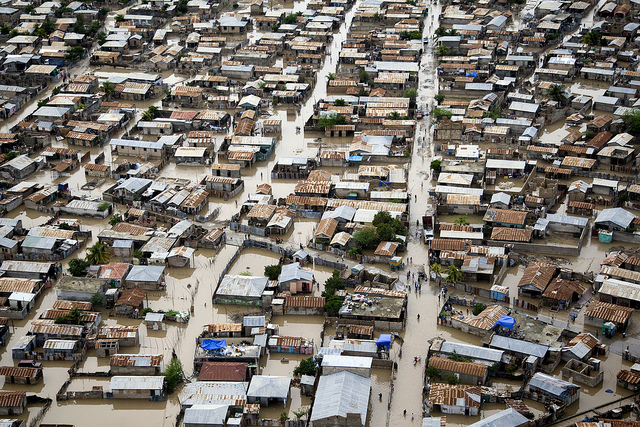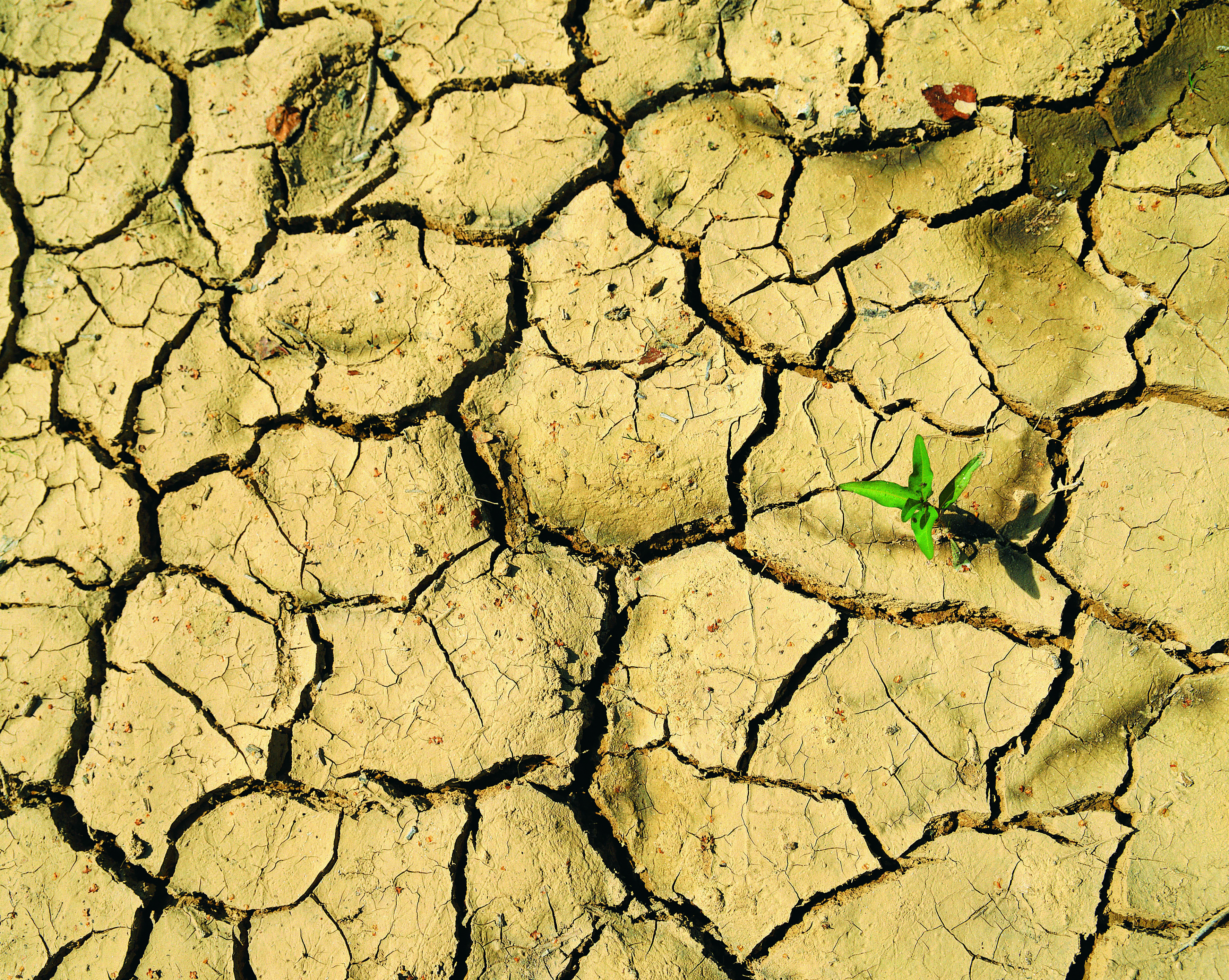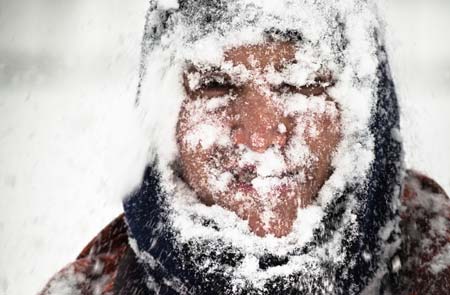The risks of natural hazards and the importance of being prepared
 ©
razlomov
Giant hurricane seen from the space
©
razlomov
Giant hurricane seen from the space
What is the difference between a hurricane, a cyclone and a typhoon?
Its location. Otherwise they are the same thing: torrential rain and sustained wind speeds of more than 119 km (74 miles) per hour.
How are tropical storms classified and named?
Tropical storms are classified according to their sustained wind speeds.
Because tropical storms can last for one week or more, it’s possible to have more than one storm at a time. Weather forecasters give each tropical storm a name to avoid confusion. The name list for tropical storms is proposed by WMO Members of the specific region. Sometimes the name is female, sometimes male. The names also include animals or flowers. The only time there is a change in the list is if a storm was so deadly or costly that the future use of its name for another storm would be inappropriate. This was the case with Hurricane Katrina (USA, 2005), Hurrican Sandy (USA, 2012) and Typhoon Haiyan (Philippines, 2013).
How is climate change impacting tropical storms?
The current opinion of international experts is that with climate change, the total number of tropical cyclones worldwide will likely either decrease or remain unchanged. However, a likely increase in tropical cyclone intensity means that the frequency of the strongest tropical cyclones will more likely than not increase.
Related links:
Cyclones, Hurricanes and Typhoons and Their Respective Locations around the World
Severe weather information centre
Tropical cyclone naming
Young Meteorologist Program by PLAN!T NOW
 ©
United Nations
©
United Nations
Floods happen when there is too much rain – when water overflows land that is normally dry. Usually it is when rivers overflow their banks but anywhere that rains falls is vulnerable to flooding. Flooding also occurs when storms cause wave swells that come ashore.
Often floods develop over time as rainwater accumulates and swells rivers over hours or days. Other times, heavy rainfall overwhelms the normal water drainage systems and flash floods occur with little warning.
Floods are one of the most frequent types of natural disaster. Besides destroying crops and property, floods can be very dangerous:
Keep in mind that flooding is a natural process – especially in river floodplains (the low lands near rivers) – with many benefits. For example, floods can increase land fertility, rejuvenate ground water and help maintain ecosystems.
Much of the destruction of floods could be avoided if people did not want, prefer or need to live near coastlines or in river valleys. But, since we do live in flood-prone areas, flood forecasting and flood management are needed to prevent loss of life and property.
You can keep safe before and during a flood by:
Downloads:
Discover Floods - Kids in Discover Series [PDF]
Discover Floods - Educators Guide [PDF]
During a Flood fact sheet [PDF]
Integrated Flood Management [PDF]
What to do in Flash Floods fact sheet [PDF]
 Hoping for rain
Hoping for rain
Droughts may be a slow, creeping natural hazard, but they create the most damaging natural disasters.
These periods of unusually dry weather can cause massive environmental, economic, social and political problems, such as:
Most countries are not prepared for droughts for a number of reasons. WMO and its partners are working to change this through an Integrated Drought Management Programme. If we are prepared for the possibility of drought, many of the problems can be mitigated.
Preparing for drought means water conservation strategied as well as setting up national drought policies to ensure safety nets, risk management and plans that could be activated in the event of a drought.
How you can conserve water:
Related links:
100+ ways to conserve water
Integrated Drought Management Programme
 ©
Jan Mika
Man covered by snow in heavy snowstorm.
©
Jan Mika
Man covered by snow in heavy snowstorm.
Heat waves and cold snaps are two more dangerous natural hazards, both of which claim lives.
A heat wave is when the daily maximum temperature is greater than the average maximum temperature by 5°C (9°F) for 5 days or longer. A cold snap – or cold wave – is a sudden and rapid drop in temperature within a 24-hour period; the minimum temperature depending on the region and time of year.
Those particularly at risk of excessive heat and cold are young children, older people, the chronically-ill, people working outside and the homeless.
Extreme temperatures are a growing threat due to climate change. Climate change is expected to increase the intensity and frequency of such extremes. The Intergovernmental Panel on Climate Change warns that, by the 2050s, heat waves that used to occur every 20 years will happen every 2–5 years.
Recent heat waves and cold snaps include:
Related links:
Extreme heat - heat waves
Winter storms and extreme cold
Australia climate records [video]